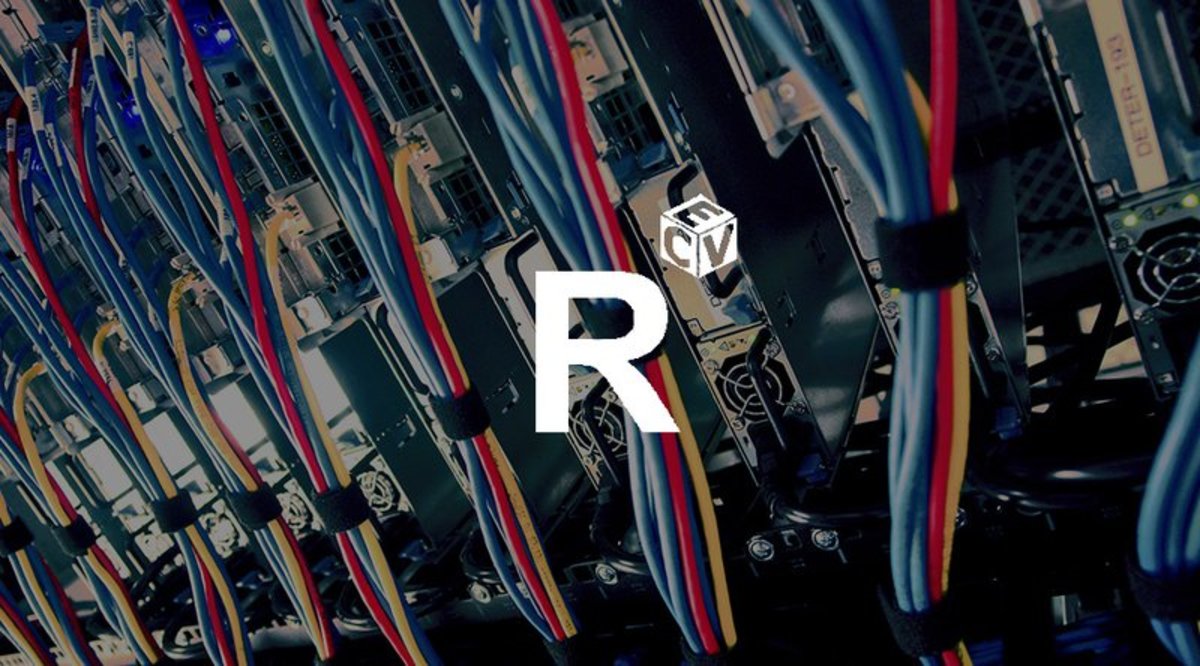
In September, Bitcoin Magazinereported that nine global banks were pooling resources to fund R3, a next-generation global financial services company focused on applications of cryptographic technology and distributed ledger-based protocols within global financial markets. Several other top banks joined R3 soon thereafter, and five more banks – ING, BNP Paribas, Wells Fargo, MacQuarie and the Canadian Imperial Bank of Commerce – joined in November.
R3 is a next-generation global financial services company focused on applications of cryptographic technology and distributed ledger-based protocols within global financial markets. Supported by most of the world’s major banks (with notable exceptions in China) and powered by a team of high-profile experts, R3 is well-positioned to find and deploy ways for blockchain technology to be used in the mainstream banking and financial world.
Now, R3 Head of Research Tim Swanson says that the company’s software team in London is developing an open-sourced, generic blockchain for banks, The Sidney Morning Herald
reports. "Many banks feel they can reduce, or eliminate altogether, various costs, by adopting some sort of common shared ledger and let that proliferate through the industry," said Swanson, who is in Sydney this week to address the Sydney Blockchain Workshops supported by the Commonwealth Bank of Australia.
At the same time, Swanson is persuaded that banks and financial operators need to see solid results before committing to a relatively new and unproven technology.
“It is important not to overhype things, although it is too late on that,” Swanson told The Herald. “At Sibos [the global payments conference held in Singapore last month], everyone was talking about blockchain. Now, deliveries have to be shown to the world in the next 12 months, or people will walk away thinking this is a load of bumf."
Designing the R3 blockchain as open source is a firm decision, but the way in which the new blockchain will operate has not been decided, said Swanson. In particular, it isn’t clear whether the R3 blockchain will be open like the Bitcoin blockchain or a “permissioned” blockchain where only member banks can verify transactions.
Permissioned blockchains would offer the advantages of digital currencies powered by public blockchains – fast and cheap transactions permanently recorded in a shared ledger – without the troublesome openness of the Bitcoin network where anyone can be a node on the network anonymously. Permissioned blockchains for banks and financial operators, supported by Accenture and Digital Asset Holdings CEO Blythe Masters , among others, are being developed by giant Swiss bank UBS , Bitcoin exchange itBit and more.
Swanson said member banks are interested in testing the R3 blockchain for a range of applications, including trade financing, processing syndicated loans, the settlement and clearing of OTC derivatives, and marketplace lending.
"It's a big umbrella," he said. But, even if the banks want to use the R3 blockchain, it will have to get approved by the regulators first.
"Just because you build some tech, it does not mean it will be used by financial institutions or will pass the smell test of regulators," Swanson said. "If neither of those bodies are OK with it, it won't be used. The best way is to start from scratch, and build in [regulators '] specific needs.
"The regulators I have interacted with in multiple countries have been very open-minded in thinking about how some of this tech might be used," Swanson said. "Most regulators I have spoken to are 'cautiously optimistic'; they want to take a rightfully conservative approach to make sure things are delivered. If we do our job right, what this tech can do is allow regulators to have a window into real-time data, which they can read and react to and create policy towards. If regulators have a window into what is going on, they can get a better idea of preventing systemic risks."
Photo Andrew Hart
/ Flickr (CC)










